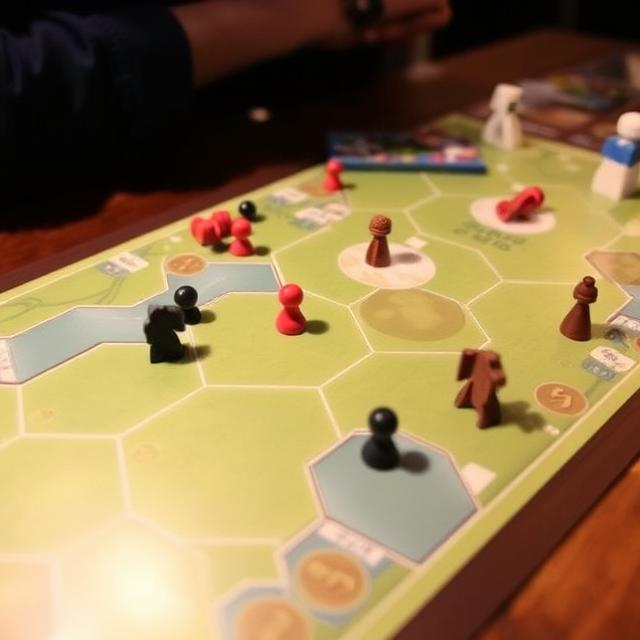Turn-based games were once considered outdated, relics of the past compared to fast-paced real-time action. But over the past decade, they’ve surged back — sharper, deeper, and more stylish than ever. What changed?
For starters, turn-based gameplay offers depth over speed. You’re not rewarded for twitch reflexes — you’re rewarded for thinking ahead, planning moves, and understanding enemy patterns. Games like XCOM 2 and Fire Emblem: Three Houses prove that tension and drama can come from waiting, not running.
Indie studios have also embraced turn-based design. Slay the Spire popularized the deck-building roguelike genre, combining turn-based combat with addictive randomness. Games like Into the Breach and Darkest Dungeon brought clever, punishing strategies to the mainstream.
There’s also the nostalgia factor. Players who grew up with Final Fantasy Tactics or Advance Wars are now game devs themselves — and they’re making modern versions of the classics they loved.
On top of that, turn-based games are more accessible. They let you play at your pace, without pressure. They work great on handhelds, phones, or even streaming platforms. And because turns give time for storytelling, many of these games also have richer narratives.
Far from being “old-school,” turn-based games have evolved. They’ve found their niche — and their audience is bigger than ever.

Leave a Reply